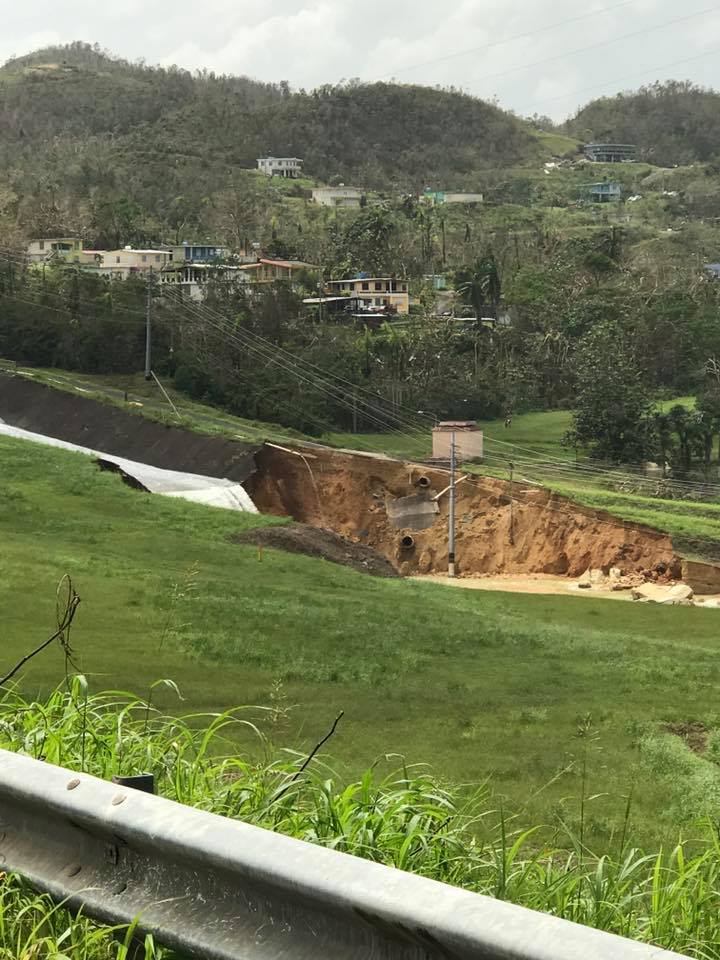During Hurricane Maria, the shelters were filled not only with with evacuees, but also representatives from local government, emergency management volunteers, as well as police. Each shelter had an EMT and a RN, which was a good. However, these professionals often did not have any real experience beyond their clinicals and the weight of their inexperience was actually very bad.
Why? There was a lot of confusion between what constituted a real-life emergency versus a psychological episode, and too little experience to judge between the two. While the man power was absolutely necessary in the shelters, what was needed more was careful consideration in when thinly spread emergency services should be called to render aid.
For example, we received a call that a woman in a shelter was going into labor. When the ambulance went to the scene and made the primary assessment, we found everything was actually fine with her pregnancy. No contractions, no labor. The real problem was her anxiety from not hearing from her family. The EMT who had acted as the liaison between the shelter and the emergency management agency had panicked and escalated her case simply because she was pregnant and in obvious emotional distress.
On another call, a shelter RN called to report a person with difficulty breathing. When we arrived and did the primary assessment, we found no evidence of illness or life-threatening issues. Again, when we probed deeper into the episode, we found the patient was experiencing acute anxiety over the loss of her home.
There were several many such calls, always originating from a volunteer or a professional with no real-world disaster experience or ability to discern between a medical emergency and emotional distress. Each time, they let their charges’ anxiety determine when emergency service agencies were called to help. While mental health problems are very real and these patients needed help, these calls were an unfortunate diversion of resources from patients who needed emergency medical assistance.
It’s clear that shelters need highly experienced healthcare professionals, trained in emergency triage and psychological first aid. A proper assessment not only helps patients, it also helps effectively allocate emergency service resources during disaster situations. My hope is that emergency management offices can learn from how resources were used during Hurricane Maria, study the number and type of calls, and use the findings to better train professionals & volunteers to better allocate resources in the future.
I’d like to know what type of shelter staffing is normal in other jurisdictions when it comes to these major events where resources are stretched thin.
Ultimately, lives will be saved and our patients with physical and mental needs will see higher levels of service.
Guest Post- Author’s Bio- Daniel Serrano Nieves, RN, BSN, EMT-P
Daniel Serrano Nieves, worked as a volunteer in emergency management office in Puerto Rico during the hurricanes Irma and Maria. He is an experienced paramedic in BLS and ALS systems, has worked as a search and rescue volunteer for 6 years and currently works as an emergency room nurse in a community hospital.
Contact:
danielserrano1991@gmail.com
LinkedIn




Excellent and Timely. As Hurricane Season approaches are you and yours prepared for the incident that “will and can not happen” where you are?